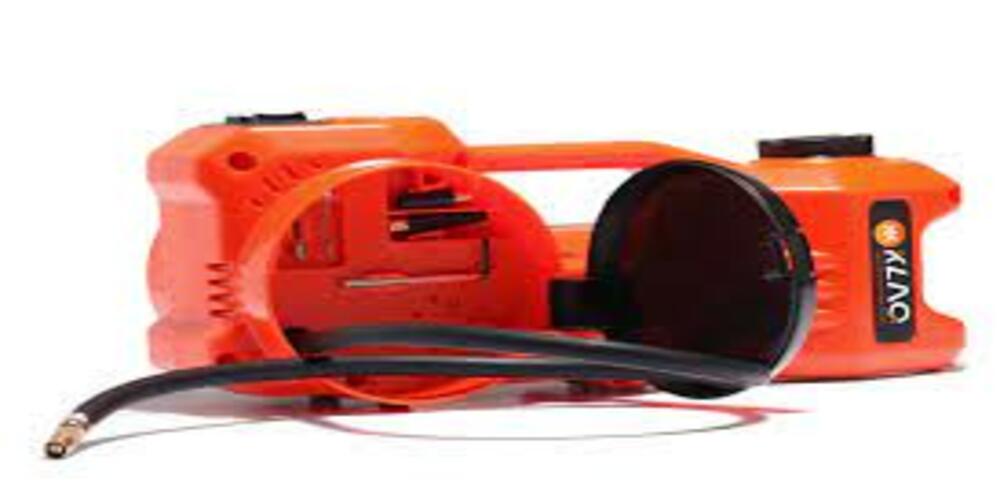Jacks have been helpful in many contexts for generating substantial pressures or moving significant masses since they were first invented. Different jacks exist, but they all do the same thing. Mechanical jacks and electric hydraulic jacks are widely available and utilized. A hydraulic jack employs hydraulic power to raise hefty objects, whereas a mechanical jack uses a screw thread. The automobile sector makes heavy use of this jack.
Learn more about hydraulic jacks—what they are and how they operate in this article.
What Exactly Is A Hydraulic Jack?
To raise big objects, mechanics have created hydraulic jacks. They are hydraulic car jacks because of their widespread use in the auto industry. Jacks often have a maximum weight capacity, such as 1.5 or 3 tonnes, that they can raise. The load capacity of industrial jacks may range from a few tonnes to several.
Pascal’s law may be used to determine the required force for hydraulic jacks. The cylinder of a hydraulic jack has two pistons, which work together to hoist the load. Larger and smaller cylinders are joined together. The fluid is used to elevate the vast piston utilizing the little piston. When pumping, the two ball valves act as a check valve to allow and block fluid flow alternately.
Pressure = Force X Area
When the handle is pushed, hydraulic fluid is forced by a piston and exits the jack via a one-way valve. The ram is propelled upward because fluid force applies at the smaller cylinder’s base. To reverse the flow of pressurized fluid, you’ll need to remove the other valve first. The hydraulic jack works in this way.
The Uses Of Hydraulic Jacks
Lifting and moving huge loads, relieving vertical stresses on weight-bearing sections, and making room for repairs are just some of the many uses for jacks. Construction, shipbuilding, automobile repair, and other specialized sectors use various types of jacks, including hydraulic jacks. Considering hydraulic jacks, what kinds of tasks do the following descriptions fit?
- Aircraft \sAutomotive \sBridges
- Adjusting the tension of cables
- Changing Address
- Construction
- Locomotive for Use in Any Industrial Laboratory
- Marine
- Transportation of Mobile Homes by Railroad
- Shipbuilding
- Restoration of tunnels and mines utilizing shoring and stabilization
- Automobiles towing trailers
Hydraulic jacks may be used for the following:
- We are working with huge weights in the industrial sector.
- They are hoisting automobiles and vehicles so that they may be clamped.
- Clamping machines and tools, at long last.
- Hydraulic Jacks’ Pros and Cons
- The following are some of the many uses and advantages of hydraulic jacks.
- The standard in design nowadays is compactness.
- Avoid rusting in the screw thread, which may cause jamming.
- Extremely efficient under intense pressure.
- It’s simpler to employ.
- It takes little or no effort to carry heavy objects.
- Comparatively, screw jacks are heavier.
Negative hydraulic jacks provide certain valuable benefits, but they also have some drawbacks. The following are some of the disadvantages of using hydraulic jacks for different tasks:
- This item moves at a slow pace.
- If the oil seals are old and brittle, they might break.
- Excessive usage of heated oil might cause the gadget to give off a foul stench.
- It’s easy to overheat.
- Pollution of land and water is a likely result of hydraulic oil leaks.
Conclusion
To raise big objects, mechanics have created hydraulic jacks. They are hydraulic car jacks because of their widespread use in the auto industry. Pascal’s law may be used to determine the required force for hydraulic jacks. This concludes our look at hydraulic jacks, including an examination of their description, uses, components, diagram, kinds, operation, advantages, and downsides.
